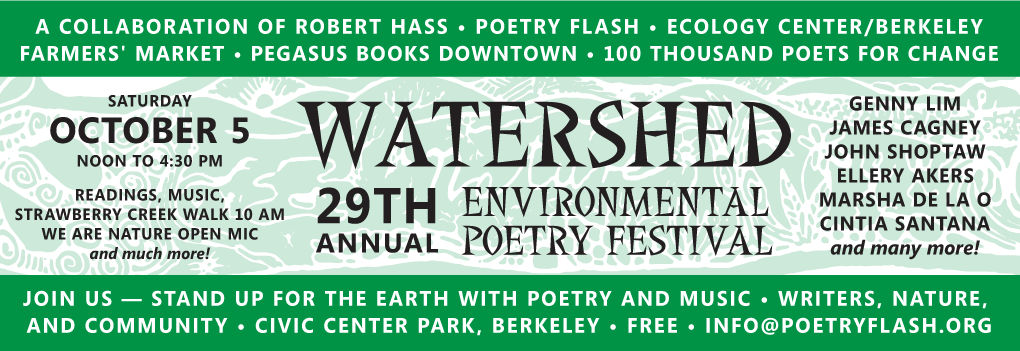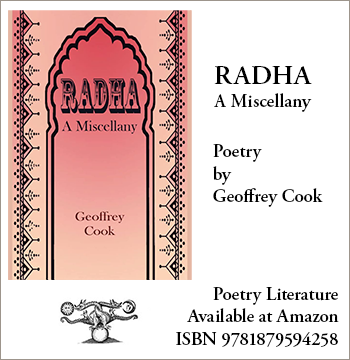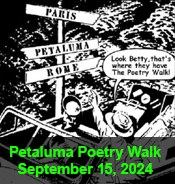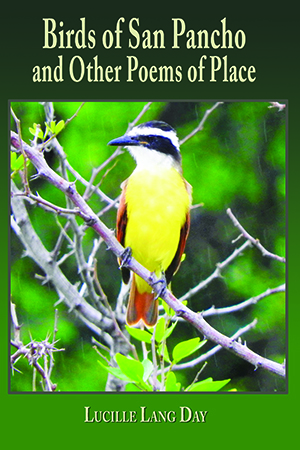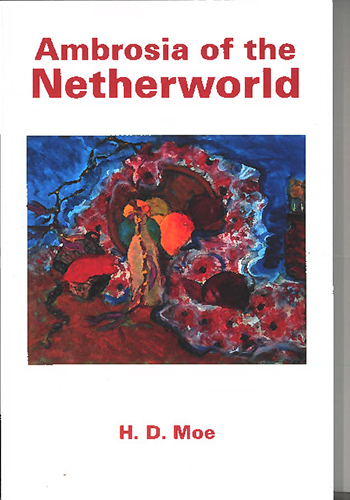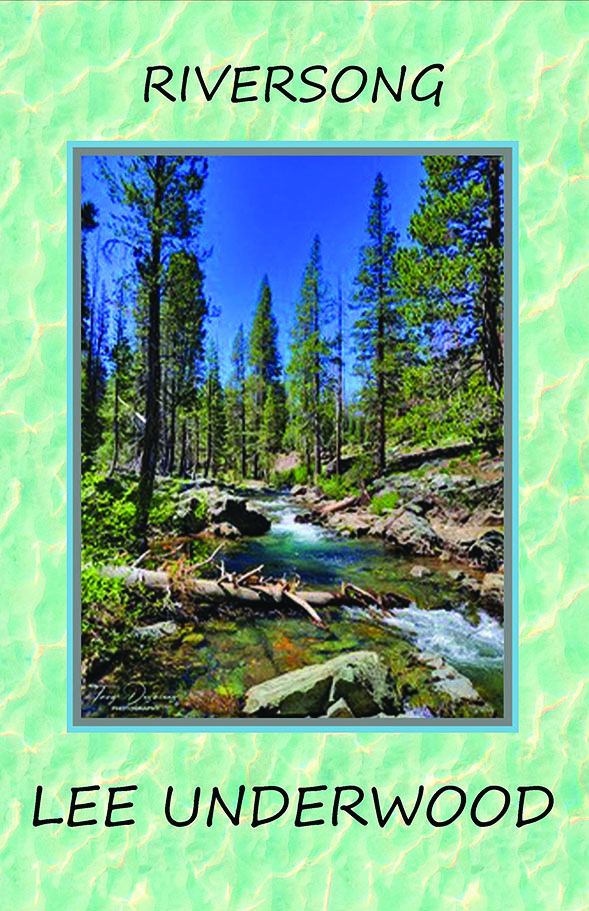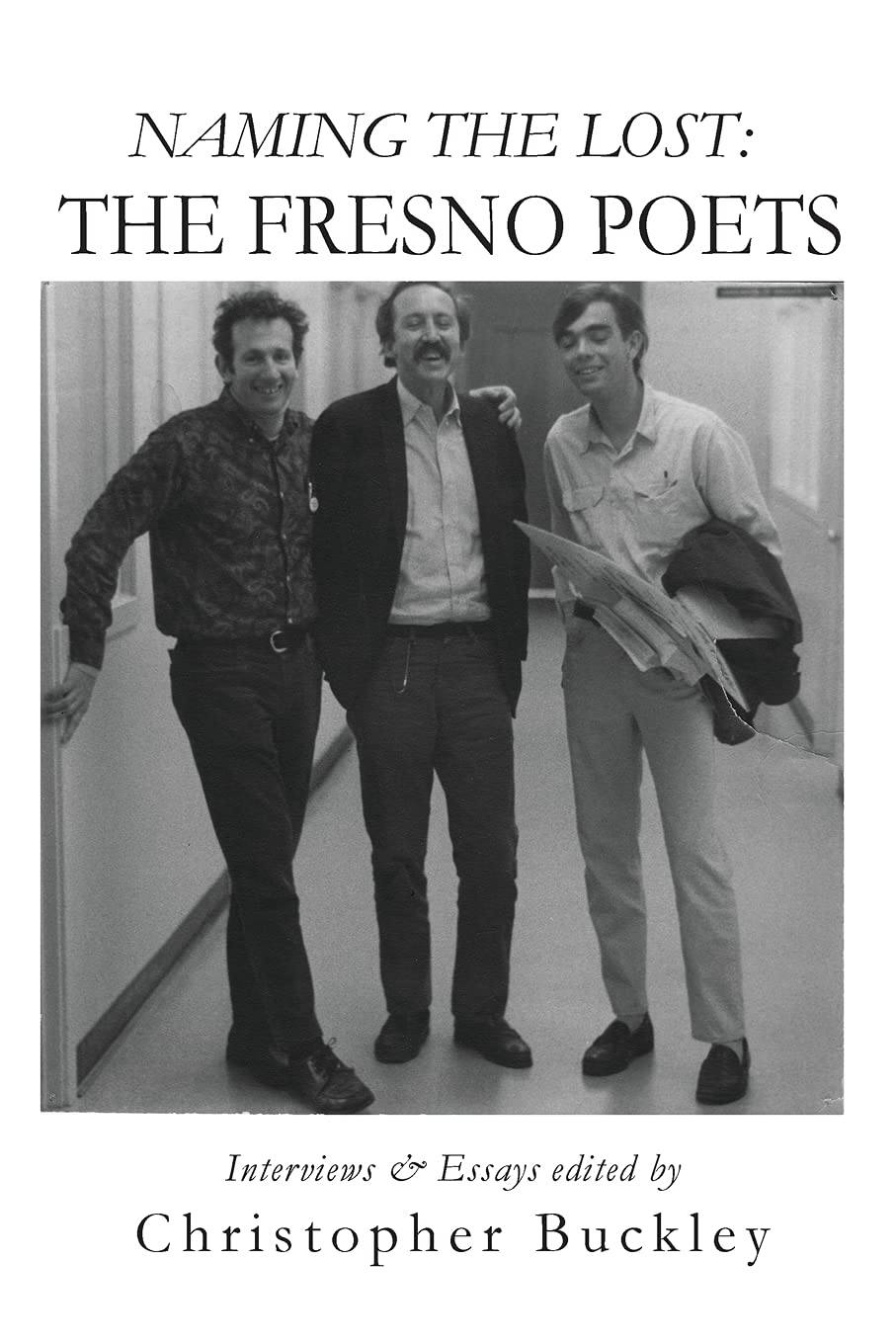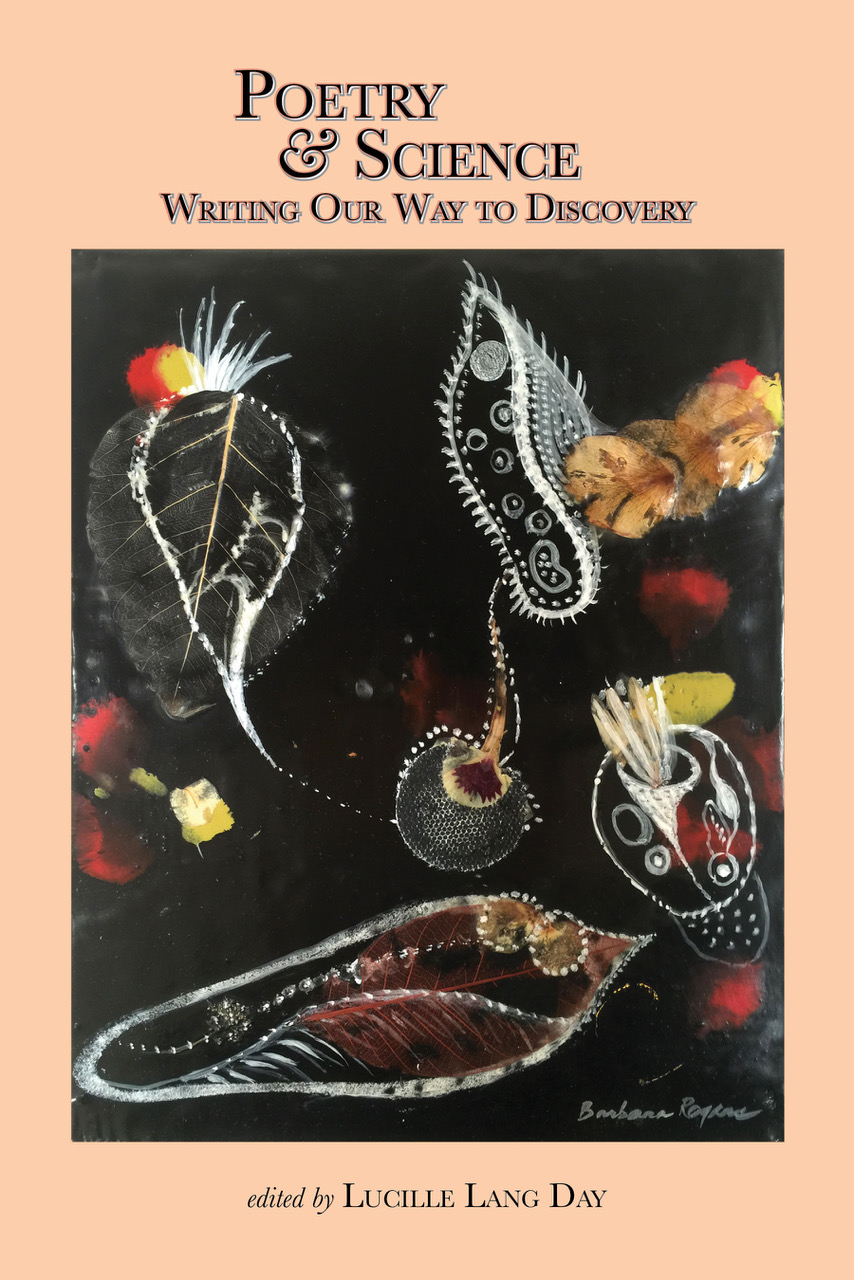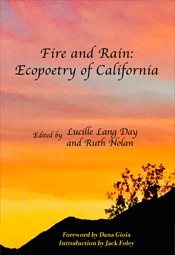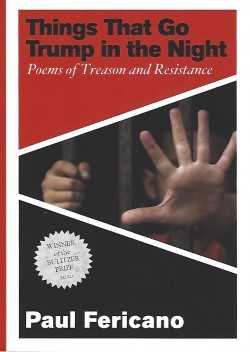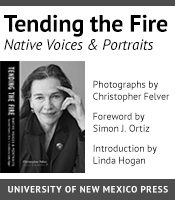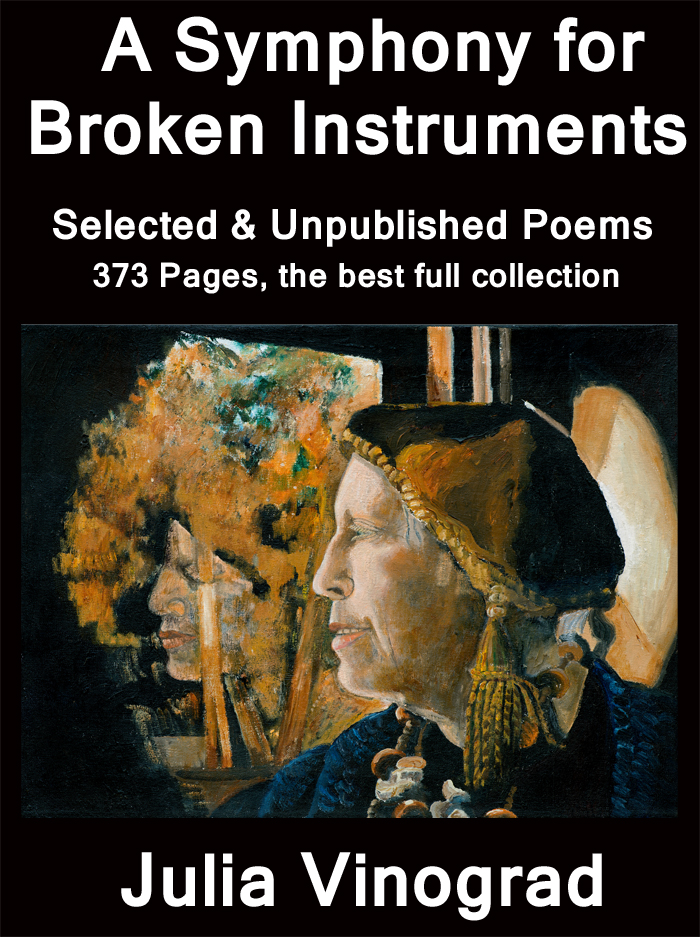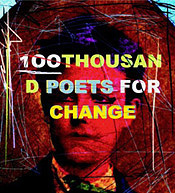
Lorca's Local Modernism
an essay by Zack Rogow
So many artists of Federico García Lorca's time moved to Paris that I have to ask: why didn't Lorca also go to France? After all, waves of Lorca's compatriot Spanish artists gathered in the French capital, then the international center of modern art. Why did Lorca stay in Spain with its repressive guardia civil police force in their tricornered, patent-leather hats; and with its puritanical values? Lorca's decision to remain in his native land cost him his life when the Spanish Civil War broke out in 1936.
In the cubist era, Spanish artists left for Paris as early as 1904, when Pablo Picasso fled his native land. The painter Juan Gris departed Spain for the French capital just two years later. The Catalan surrealist artist Joan Miró followed them in 1920. Even Lorca's best friends and dorm-mates at the famous Residencia de Estudiantes in Madrid, Luis Bu ñuel and Salvador Dalí, both left Spain to work in Paris in the mid-1920s. Dalí, who was Lorca's closest friend at the time, certainly could have blazed the trail to France for Lorca.
But Lorca never went to Paris, despite the artistic climate friendly to innovative styles, and despite the fact that Lorca often felt stifled and even personally endangered by Spain's cultural climate. This right-wing streak resulted in Lorca's murder during the fascist coup that finally overthrew the Spanish Republic. What made Lorca remain in Spain? Did he stay because his work is significantly different from the modernism of the writers and artists who did congregate in France?
On the surface, it seems as if the Paris art world in the 1930s was more congenial than Spain to surrealism and to Lorca's project of rooting poetry in dreamlike imagery. Spain was also politically more conservative than France, locked in a battle between a reactionary church/state alliance and the growing republican movement, a battle the French had already hashed out in previous centuries. But Lorca remained to write in Spain partly because of his close ties to his large Granada family, and partly because his art dug deeply into the soil of Spain and his native province of Andalusia. Lorca's regional identification fought with the agenda of the artists who had taken refuge in Paris and other major capitals. He rejected the internationalism sweeping through modern art at this time, when it excluded or masked local culture.
In early twentieth century architecture, for instance, this internationalism was right at the top of the agenda. The International Style became synonymous with modernism in architecture. In coining this term in 1932, Philip Johnson and Henry-Russell Hitchcock wrote in their key book, The International Style, "This contemporary style, which exists throughout the world, is unified and inclusive, not fragmentary and contradictory like so much of the production of the first generation of modern architects."
The international emphasis of modernism prompted many writers and artists to change their names and to obscure their cultural roots. The Romanian Jewish poet Samuel Rosenstock reinvented himself as Tristan Tzara. He wrote mostly in French. Paul Antschel, another Romanian Jew, became Paul Celan and chose to write in German. When he arrived in Paris, the American Jew Emmanuel Radnitzky invented the name Man Ray for himself from the letters of his full name. The Argentinian/Croatian photographer and painter Henriette Theodora Markovitch (Picasso's mate and model) called herself Dora Maar. Toyen, the Czech artist, was originally Marie Cerminova. Manoog Vosdanig Andoian, an artist with an unmistakably Armenian name, recreated himself as Arshile Gorky. Hans Arp often used the French-sounding Jean Arp. The list goes on.
In literature and the visual arts, many modernist artists and writers took a train or a plane to Paris to settle down and work. In his poem, "Bypassing Rue Descartes" Czeslaw Milosz describes this sense of coming to France from another country and feeling the pressure to give up the ways of his homeland:
Bypassing rue Descartes
I descended toward the Seine, shy, a traveler
A young barbarian just come to the capital of the world.
We were many, from Jassy and Koloshvar, Wilno and Bucharest,
Saigon and Marrakesh,
Ashamed to remember the customs of our homes,
About which no one here should ever be told:
The clapping for servants, barefooted girls hurry in,
Dividing food with incantations,
Choral prayers recited by master and household together.
I had left the cloudy provinces behind,
I entered the universal, dazzled and desiring.
In Milosz's poem there are good reasons why the "barbarians" from outside France are eager to forget their native lands. They come from backward places, which he paints with a few quick strokes. These outlying countries are ruled by strict hierarchies ("the clapping for servants"), poverty ("barefooted girls"), superstition ("Dividing food with incantations"), and a forced social unity based on outdated and patriarchal traditions ("Choral prayers recited by master and household together"). But Milosz goes on in this poem to write about how the search for a universal in the Paris intellectual world led to a barbarism as extreme as the cultures bound by the old ways:
Soon enough, many from Jassy and Koloshvar, or Saigon or Marrakesh
Would be killed because they wanted to abolish the customs of
their homes.Soon enough, their peers were seizing power
In order to kill in the name of the universal, beautiful ideas.
Milosz makes it clear that both the ones who used repression to preserve the ancient traditions and those who struggled to abolish them were guilty of excesses of violence.
Paving the way for Milosz after him, Lorca rejected the international focus of Parisian modernism. In books like his Poema del cante jondo [Poem of the Deep Song] and Romancero gitano [Gypsy Ballads], Lorca mixed in the unique cultural flavors of the region around his native Granada.
Like Lorca, many of the artists of the New World who originally embraced modernist styles ended up planting their art in native soil. Diego Rivera painted successfully in the cubist style in Paris from 1913 to 1917 before denouncing modernism and founding the muralist movement in Mexico. He became openly hostile to the tenets of modern art and repudiated his earlier work. Rivera's break with French modernism took a dramatic turn during a famous incident when he publicly slapped cubist poet Pierre Reverdy in Paris in 1917. Rivera's murals do include elements of modernism, though. History seems to occur simultaneously in many of Rivera's murals, as if he merged Duchamp's Nude Descending a Staircase with Mexico's struggle against neocolonialism. But Rivera's response to modernism was mostly to reject it in favor of a more classical style that he could use for his murals of Mexican life and history, even consciously borrowing his compositions and the doe-eyed horses of Italian Renaissance fresco painters like Paolo Uccello.
In the 1920s and 30s the American Scene painters deliberately steered clear of modernist movements in order to return to the Midwest and other regions to portray local life, consciously skipping over cubist and surrealist techniques to borrow from earlier centuries. Artist George Biddle wrote in 1926, "Slowly I began to feel how different from our own is the French or Paris mentality…Most French art—indeed most European art—is fluent, detached, critical, aware of its artistry; while our best American art has always been sensitive, inhibited, romantic, passionate, naïve in its realism and often not too critical…of the problems of aesthetics." In fact, the American painters of Lorca's time were so eager to turn their backs on modernism that, like Rivera, they often employed consciously archaic techniques, such as Grant Wood's cribbing Italian Quattrocento styles in his depictions of Iowa farm hands at dinner, and Thomas Hart Benton's Breughel-like threshers.
Lorca was also resistant to the erasure of regional culture in modernism. He mentions Paris denigratingly in his famous essay, "Theory and Function of the Duende," dating from 1933. When Lorca describes a flamenco singer in Cádiz who failed to perform with duende, he recounts how someone in the crowd mocked her:
Pavora Pavón finished singing in the midst of silence. Only a little man, one of those emasculated dancers who suddenly spring up from behind bottles of white brandy, said sarcastically in a very low voice: "Viva Paris!" as if to say, "Here we do not care for ability, technique or mastery. Here we care for somethingelse."
Lorca is placing side-by-side the aesthetic of Paris—which emphasizes universal artistic measures such as ability, technique, and mastery—and his native Spain. In Spain what really matters to Lorca is something deeper—whether a performer has the quality that "burns the blood with powdered glass"—duende.
Lorca planted much of his art in the landscape of Andalusia. His collection Gypsy Ballads uses surrealist techniques, such as dream-like language and imagery. But the poems are so different from the stream of consciousness poems then being dashed off in Paris cafés by advocates of automatic writing. "Although it is called Gypsy," Lorca wrote of this collection, "the book as a whole is the poem of Andalusia…with Gypsies, horses, archangels, planets, its Jewish breeze, its Roman breeze, rivers, crimes, the everyday touch of the smuggler and the celestial touch of the naked children of Cordova who tease Saint Raphael."
But Lorca was not viewing his diverse region through the lens of more traditional artistic styles, the way Diego Rivera looked at Mexico, or Grant Wood saw his native Iowa. Lorca was a surrealist, but a surrealist who was unmistakably from Andalusia.
What Lorca created was a Spanish version of what Marc Chagall did with his Eastern European hometown in his early paintings. Chagall adapted modernist practices, using the green cows and flying violinists of the imagination, but centered his work very much in the local culture of the shtetl where he grew up in the Polish town of Vitebsk. His dreamlike images are painted in a style that clearly breaks with traditional art. Chagall explores Eastern Europe through the lens of the imagination and cubism, not from the perspective of social realism or regionalism.
Lorca did something similar with Andalusia. He grounded his poetry and his drama in a world where the images mated in dreamlike ways, but were still tapping into a recognizable local reality.
In his great poem "Sleepwalking Ballad" from his collection Gypsy Ballads, Lorca describes a dream landscape that is regional and modernist, in a vision that could only exist in his native Andalusia. The characters are a young gypsy man, pursued by the guardia civil, who have wounded him in a fight; the gypsy's love, the green woman; and her father. The gypsy comes to the father's house for refuge and to see his lover before he's taken prisoner. The poem has the skeleton of a plot of a traditional ballad, and it keeps to the Spanish romance or ballad form of eight-syllable lines where the even-numbered lines end in the same two vowels. The romance has a kind of half rhyme, called rima asonante in Spanish, that feels very modern in Lorca's hands, even though the form goes all the way back to the classics of Spanish poetry, including El Cid. Each even-numbered line in the poem ends with a word where the final two vowels are both 'a,' and Lorca sustains this for the entire eighty-six lines of the poem—amazing. But as much as this poem has the right form and characters for a traditional ballad, it veers from that tradition in the very first words "Verde que te quiero verde" ["Green, how much I want you green"]. It's not clear who the speaker of this line is—possibly the gypsy, possibly the poet himself. The opening has the passion of a tragic ballad, but the imagery is surreal and otherworldly.
The imagery becomes even more unearthly in the second stanza. Lorca writes of "the fish of darkness/that opens the road of dawn." The mountain is "a filching cat."
In the third stanza, the surreal quality stems partly from the fact that it's not easy to sort out who is speaking and who is listening. It appears that the gypsy is asking his lover's father for refuge: "I want to change / my horse for your house." In a standard ballad, the father might refuse because he's afraid the lawmakers will take revenge on him, or because he wants to protect his daughter. But in Lorca's poem, the father's reasons for declining to provide protection for the young man are abstract, even metaphysical:
If I could, young man,
this pact would be sealed.
But I am no more I,
nor is my house my house.
Of course the old man could mean that he no longer has an identity or a safe home in a repressive culture, but his statement is strangely general and troubling, like a character in a dream. It is as if the old man knows he is supposed to be a player in a ballad, but can't act the part he has been cast for, like a character in a Pirandello play.
The two friends go up on the roof, where the apocalyptic imagery keeps pouring down with hallucinatory beauty: "A thousand crystal tambourines/were piercing the dawn." The voice of the young man (or the poet?) intervenes in the narrative to repeat the beautiful but spooky refrain, "Green, how much I want you green." The wind, too, carries a green force, with the taste of gall, mint, and basil. This green is the flag of both bitterness and revival. But POOF! The green girl has disappeared from the rooftop, like a character in a dream whose whereabouts don't stay put. Now she's swaying over the cistern. Has she hanged herself? The civil guards are banging on the door of the house. Will they nab the gypsy? The poem ends puzzlingly, only repeating its first four lines, never showing us the end of the story.
"Sleepwalking Ballad" is a perfect example of the way that Lorca uses local landscape and artistic forms, but translates them to a modernist idiom. In combining these two sources, Lorca anticipated multiculturalism, an artistic movement that assimilates both the spirit of self-determination that came out of identity politics, and the aesthetic of modernism, which dipped into the subconscious and the abstract to intensify expression.
In fact Lorca's connection to North American multiculturalism is not a hypothetical idea. When the poet was stifled by Spain and had to escape in 1929 and 1930, he chose to flee not to Paris, but to the New World, spending a year travelling in New York and then Cuba.
While in the U.S., he immediately identified with African American culture, linking cante jondo, the deep song of Andalusian flamenco, to the blues, gospel, and jazz. While Lorca was in Cuba, he gravitated toward son music, made famous in the U.S. by the movie The Buena Vista Social Club. What fed Lorca's soul in the Americas was everything that was local and vital, but not corny and tired.
In his own writing, Lorca felt pulled both by the new vision of modernism, and by the regional culture of Andalusia. His blend of these two strong tastes are part of what makes his writing so alive and contemporary today. ![]()
Zack Rogow is the author, editor, or translator of eighteen books or plays. His sixth book of poems, The Number Before Infinity, was published by Scarlet Tanager Books. His poems have appeared in a variety of magazines, from American Poetry Review to ZYZZYVA. He is the editor of an anthology of U.S. poetry, The Face of Poetry, published by University of California Press. Currently he teaches in the MFA in Writing Program at the California College of the Arts and in the low-residency MFA at the University of Alaska, Anchorage.




